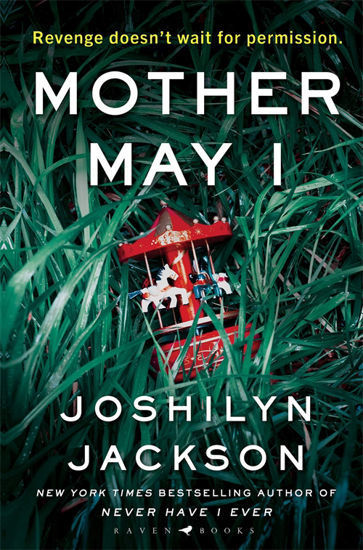Accurate spelling is an important part of the process of learning to write at primary school. Good spelling is also a big part of the writing curriculum at school.
Learning to spell well is really useful if we want our children to become confident writers. If they constantly stop to think about how words are spelled while they write, it can interrupt their thinking about important parts of writing like word choice and sentence construction. If they’re confident spellers, they’re also much more likely to make adventurous vocabulary choices. Obviously, there’s a lot more to being a strong writer than spelling, but confidence in spelling can make a big difference.
What spelling skills in Year 1 (age 5–6)
Spelling words using the 40+ phonemes they have already learnt
Phonics is a way of teaching children to read and spell. English is made up of around 44 different sounds. We call these sounds phonemes. Like most languages, English has a code for how we write these sounds down. Each phoneme can be represented by one or more letters.
Phonics is the main way your child will learn to spell at the start of primary school. You can use phonics by encouraging your child to spell a word by breaking it up into individual sounds and then matching those sounds to the letters of the alphabet.
Reminding children to segment ‘frog’ into its four sounds – ‘f’ ‘r’ ‘o’ ‘g’ – sounds like such a basic way of supporting spelling, but practising it is very important if it is to become second nature.
have a look at the following VDO from oxford owl to know how to help at home, practise phonics.
When they start primary school, children will learn to use phonics to spell words that contain these sounds. English writing sometimes represents the same sound in different ways, so they might not always get it right every time (for example, they might spell ‘name’ as ‘naim’ or ‘naym’).
Spelling common exception words
In some English words, the spelling of the word doesn’t appear to fit with the phonemes that children have been taught so far. These are often called ‘common exception words’ or ‘tricky words’. In Year 1, children will learn to spell the ones that are used most often in writing. They include:
the, a, do, to, today, of, said, says, are, were, was, is, his, has, I, you, your, they, be, he, me, she, we, no, go, so, by, my, here, there, where, love, come, some, one, once, ask, friend, school, put, push, pull, full, house, our
To practise spelling common exception words, here is Year 1 common exception words worksheet.
Best selling books from Oxford childen's:

